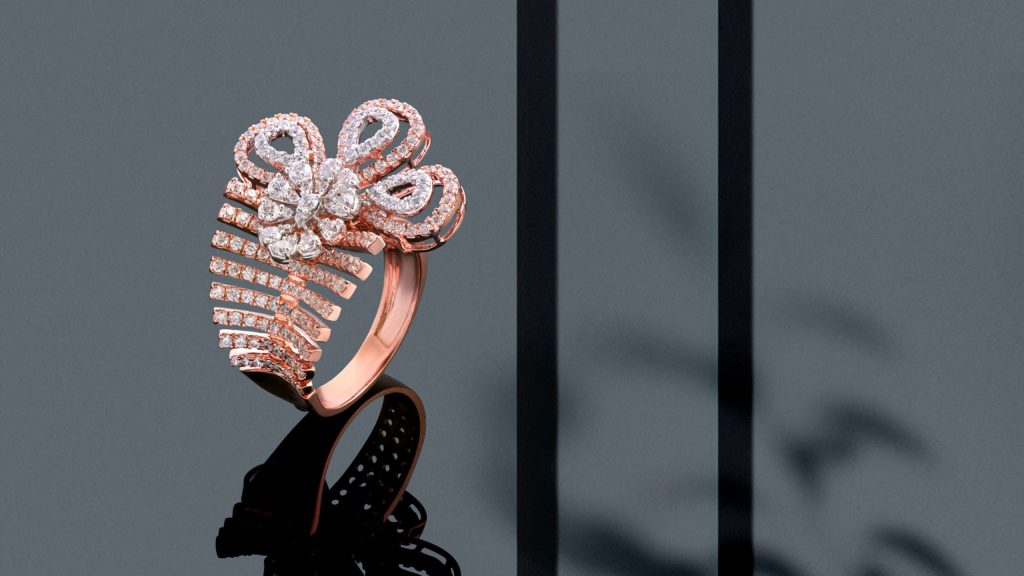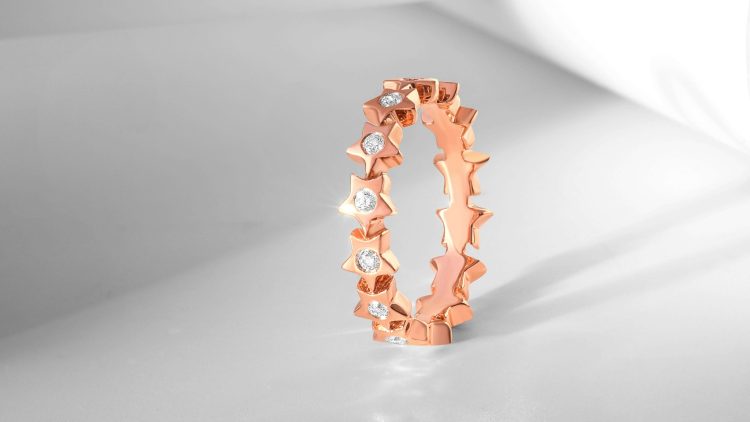Gold jewelry has historically served as both a statement of personal style and a store of value. In 2025, this dual role has become even more pronounced, as shifts in consumer behavior, design innovation, and broader market trends redefine the investment landscape for gold jewelry. As buyers become more sophisticated and value-driven, and as brands adapt to new economic and social realities, the opportunities for investors in gold jewelry have expanded considerably. This article explores how consumer preferences are influencing gold jewelry prices, the market trends shaping sales and design, and the evolving investment opportunities within the jewelry sector.
Examining the Impact of Consumer Preferences on Gold Jewelry Prices
Consumer behavior has always been a major force behind the fluctuation of gold jewelry prices, but in 2025, its influence is more dynamic and complex than ever. A few decades ago, gold jewelry purchases were largely motivated by tradition and wealth preservation. Today, while these factors remain, new motivations such as sustainability, individuality, and emotional storytelling are playing increasingly important roles.
One of the most noticeable shifts is the rising demand for ethical and sustainable gold jewelry. As awareness of the environmental and social impacts of gold mining grows, consumers are prioritizing brands that offer transparency and responsible sourcing. This preference has created a premium market segment for sustainably sourced and recycled gold, pushing up the prices for ethically produced pieces compared to conventional jewelry.
Another important trend is personalization and customization. Consumers are willing to pay more for unique, bespoke pieces that reflect their personal narratives, resulting in a surge in demand for custom design services. Limited-edition collections, collaborative designs with artists, and personalized engravings are commanding higher prices, emphasizing that exclusivity, not just material value, now drives premium pricing.
Cultural influences are also reshaping demand patterns. In emerging economies, gold jewelry remains a vital symbol of prosperity and cultural identity, contributing to strong base-level demand. However, the style preferences in these regions are evolving, with younger consumers favoring modern, minimalist designs over traditional heavy pieces. Brands that successfully blend cultural significance with contemporary aesthetics are seeing their gold jewelry lines perform exceptionally well, further boosting prices in specific market segments.
Macroeconomic conditions continue to play their traditional role. In periods of economic uncertainty or inflation, gold jewelry remains a favored investment vehicle, often leading to spikes in prices due to heightened demand. In 2025, with global economic volatility still lingering from post-pandemic adjustments and geopolitical tensions, consumer interest in gold as a safe asset remains robust, exerting upward pressure on both bullion and jewelry markets.
Market Trends Affecting Gold Jewelry Sales and Design Innovations
Several key trends are currently reshaping the gold jewelry market, influencing not just consumer purchasing patterns but also how jewelry is designed, marketed, and sold.
The integration of technology and craftsmanship is a significant force. Brands are leveraging 3D printing, CAD (computer-aided design), and blockchain technology to create more intricate, precise designs and to guarantee authenticity and traceability. This fusion of innovation and tradition is appealing to tech-savvy consumers who seek both beauty and verifiable value in their purchases.
Direct-to-consumer (DTC) sales models are flourishing, fueled by e-commerce growth and changing consumer expectations. Jewelry brands are increasingly bypassing traditional retail channels, offering personalized shopping experiences online, including virtual try-ons, AI-driven recommendations, and storytelling-driven marketing. The convenience and transparency offered by DTC platforms are contributing to increased sales volumes and are enabling smaller brands to compete more effectively with established luxury houses.
Sustainability-focused designs are another major trend. Minimalist, versatile pieces that can be worn in multiple ways (such as convertible necklaces or stackable rings) are gaining traction. These designs reflect a shift toward conscious consumption, with buyers seeking longevity and multifunctionality in their jewelry investments.

Aesthetic trends are evolving as well. Retro revival is a major design movement in 2025, with vintage-inspired motifs from the 1970s and 1980s returning to popularity. Chunky gold chains, bold signet rings, and textured finishes are experiencing a renaissance, appealing to both nostalgic buyers and new generations discovering these styles for the first time.
Gender-neutral jewelry is another area experiencing strong growth. As social attitudes around gender fluidity continue to evolve, demand for jewelry that transcends traditional gender norms is expanding. Many brands are responding by designing collections that are intentionally inclusive, leading to broader appeal and greater market reach.
Opportunities for Investors in the Evolving Jewelry Market
For investors, the evolving gold jewelry landscape presents a wealth of opportunities, but it also requires a nuanced understanding of emerging consumer values and market dynamics.
One of the most promising areas is investment in ethical and sustainable jewelry brands. As consumer preference for responsibility and transparency solidifies, brands that have established themselves as leaders in sustainable practices are well-positioned for long-term growth. Investors looking for resilience and brand loyalty should prioritize companies with clear commitments to ethical sourcing, fair labor practices, and environmental stewardship.
Vintage and pre-owned jewelry markets also offer significant upside potential. As sustainability-minded consumers increasingly favor recycled and vintage pieces, the value of well-preserved, authenticated pre-owned gold jewelry is appreciating. Investment platforms specializing in certified vintage jewelry, or partnerships with resale marketplaces, offer strong returns and align with broader circular economy trends.
Another emerging area is technologically enhanced jewelry. Brands utilizing blockchain for supply chain verification or AI for personalized customer experiences are setting new standards for trust and engagement. Investing in technology solutions that support the jewelry sector—such as traceability software providers or 3D design platforms—offers indirect exposure to the high-growth sustainable jewelry market.
Customization services are another potential investment frontier. As personalization continues to dominate consumer preferences, brands that can scale bespoke offerings profitably—through modular design systems, AI design assistants, or flexible production models—will capture a premium market segment that values uniqueness and storytelling.
There is also a growing niche for gold jewelry as an investment hybrid, blurring the lines between luxury goods and financial assets. Products like investment-grade gold jewelry (high-purity, hallmarked pieces designed for both wear and asset retention) are attracting interest from consumers seeking dual-purpose purchases. Companies specializing in these hybrid offerings could see considerable growth as economic uncertainty persists.
Finally, emerging markets remain crucial. Countries like India, China, and regions in Southeast Asia continue to demonstrate strong cultural and economic affinity for gold jewelry. Investors focusing on brands with strategic expansions into these high-growth markets, while adapting designs to evolving local tastes, will be well-positioned for long-term success.
Conclusion: The Golden Horizon of 2025
In 2025, the gold jewelry market is more dynamic, innovative, and consumer-driven than ever before. The convergence of ethical expectations, technological innovation, and evolving aesthetic tastes is creating new opportunities for brands and investors alike. While traditional investment strategies in gold jewelry still hold relevance, those who adapt to the new realities—prioritizing sustainability, personalization, and technological integration—will lead the next chapter of growth.
For investors, understanding the shifting motivations behind gold jewelry purchases is key. It is not simply about betting on the metal’s intrinsic value, but about recognizing how cultural values, technological advancements, and consumer expectations are shaping new definitions of worth. In this golden age of conscious luxury, informed and agile investment strategies will be rewarded, ensuring that gold jewelry remains not only a timeless adornment but also a resilient asset in a changing world.



































